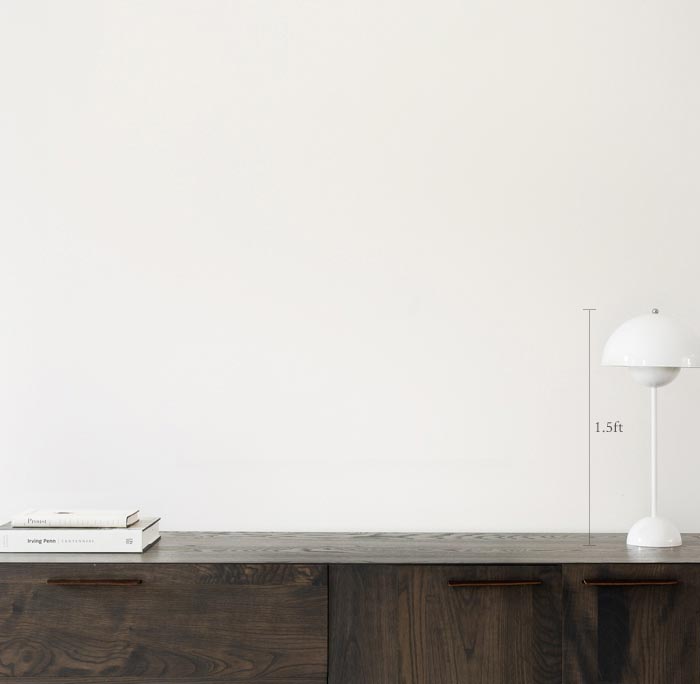


78 Views
5
View In My Room
Painting, Ink on Paper
Size: 8.1 W x 11.6 H x 0.1 D in
Ships in a Crate
78 Views
5
Artist Recognition

Artist featured in a collection
ABOUT THE ARTWORK
Heaviness wrapped up with Lightness – Reading Kim HyunJung’s painting Lee DongChun (Fine art Connoisseur) Kim HyunJung’s paintings are cute and interesting. Her painting reminds us of paintings by Qi Baishi 齐白石 (1864-1957). Qi Baishi pursued beauty in his life, and his artistic spirit is found in his plant-and-insect paintings, flower-and-bird paintings, and figure paintings. Qi Baishi’s artistic spirit is sensed in Kim’s interesting subject matter and candid depiction.Kim audaciously uses ink and bright hues in in the manner of Qi Baishi who applied ink to leaves and red to flowers 墨叶红花. The composition in which subject matter is drawn to the edge of the paper is parallel to that of Qi Baishi’s flower-and-bird paintings and landscape painting of Li Keran’s 李可染 (1907-1989). Kim obviously learned from Qi Baishi. Qi Baishi said, “Learn from me you stand, copy from me you fall 学我者生, 似我者死.” Kim modeled herself after Qi’s artistic spirit rather than his painting style. Kim explored the artistic spirit in Qi Baishi’s painting, in which he emphasizes the meaning of painting and expresses his spirit, and reconstructed this in a realistic rendition. She calls this the “chulsa-ipgong 出写入工” technique. This is a melding of “xieyi 写意” painting (painting that underlines the painter’s spirit), “gongbi-hwa 工笔画” (painting done very carefully with the utmost care for details), and a new invention in tune with her emotion. Zheng Xie 郑燮 (1693-1765), one of the Eight Eccentrics of Yangzhou during the Qing Dynasty asserted, “Learn half, and throw away half 学一半, 撇一半.” This means even if a tradition is excellent, you have to learn only half of it. However, the traditional is currently completely disregarded. Kim learned her ‘half’ from traditional Eastern techniques. She studied the idioms of flower-and-bird painting from Song Dynasty, and learned from artists such as Chen HongShou 陈洪绶 (1599-1652), Yun ShouPing 恽寿平 (1633-1690), ShiTao 石涛 (1641-1707), BaDaShanRen 八大山人 (1625-1705), Gao QiPei 高其佩 (1660-1734), Jin Nong 金农 (1687-1764), and Kim HongDo 金弘道 (1745-1806). Moreover, she explored new methods in expression of color in traditional techniques. As she felt insufficiency in the use of pigment to depict significant parts of a painting, she made use of embroidery. This technique called “hwaju-subo 画主绣补” (Paining is used as primary and embroidery as ancillary) brought a new vitality to gongbi-hwa. The techniques of “chulsa-ipgong” and “hwaju-subo” are not the only revolution and innovation Kim has pursued. Getting psychological counselling, Kim realized the existence of her inner-child. She named her “Lala” and represented her special emotion in a pictorial language through this. Her Lala painting is a projection of her inner-child that she became aware of through psychological consultation, and for the artist a process of healing. This painting is in no way the product of pop art, but the sublimation of an artist’s inner-child to a work of art for the first time in art history. Kim’s Finding implicit rules is a portrayal of a young girl in meditation. The little girl carrying Lala on her back gazes vacantly at a dragonfly on a bare branch against the backdrop of a brick wall. Lala and the little girl look cute. The brick wall is a metaphor for constant time whereas the bare branches and dragonfly represent finite time in nature. The dragonfly acts out as the last leaf by O. Henry (William Sydney Porter, 1862-1910). As a projection of a psychological essay in painting, this work is a new literati painting of the 21st century reflecting Kim’s distinctive art-world. Kim lends new energy to gongbi-hwa through her realization of traditional Eastern painting. Kim has incarnated the spiritual world of intellectuals in our age in exquisite, flamboyant gongbi-hwa. This is why Chinese aestheticians and art historians have recently taken note of Kim’s painting.
DETAILS AND DIMENSIONS
Multi-paneled Painting:
Ink on Paper
Original:
One-of-a-kind Artwork
Size:
8.1 W x 11.6 H x 0.1 D in
Number of Panels:
2
Frame:
Gold
Ready to Hang:
Not applicable
Packaging:
Ships in a Crate
SHIPPING AND RETURNS
Delivery Time:
Typically 5-7 business days for domestic shipments, 10-14 business days for international shipments.
Handling:
Ships in a wooden crate for additional protection of heavy or oversized artworks. Artists are responsible for packaging and adhering to Saatchi Art’s packaging guidelines.
Ships From:
South Korea.
Have additional questions?
Please visit our help section or contact us.
HyunJung Kim
South Korea
Kim HyunJung debuted as a model and actress in 1999, and appeared in TV dramas, films, and theater until 2009. While working as an actress, Kim studied art history, art theory, artwork appraisal, and painting. From 2009 when she was on a break, Kim received psychology consultation at the Catholic Consultation Volunteer Course for more than one year, and met her inner child “Lala” through the doll therapy. In Artist Kim Hyunjung's recent series, Kim’s paintings skillfully carry on the traditions of royal court painters and sadaebu, scholar-officials while expressing her unique aesthetics and those of our time. Hyunjung’s paintings do more than just depicting Mother Nature; they capture positive energy, delights our eyes and hearts, and bring blessing to the world. This resonates with the value that ancient royal families pursued in paintings, obtaining ‘blessing(福)’ through the positive energy they convey.
Artist Recognition

Artist featured by Saatchi Art in a collection
Thousands of 5-Star Reviews
We deliver world-class customer service to all of our art buyers.
Satisfaction Guaranteed
Our 14-day satisfaction guarantee allows you to buy with confidence.
Global Selection of Emerging Art
Explore an unparalleled artwork selection by artists from around the world.
Support An Artist With Every Purchase
We pay our artists more on every sale than other galleries.